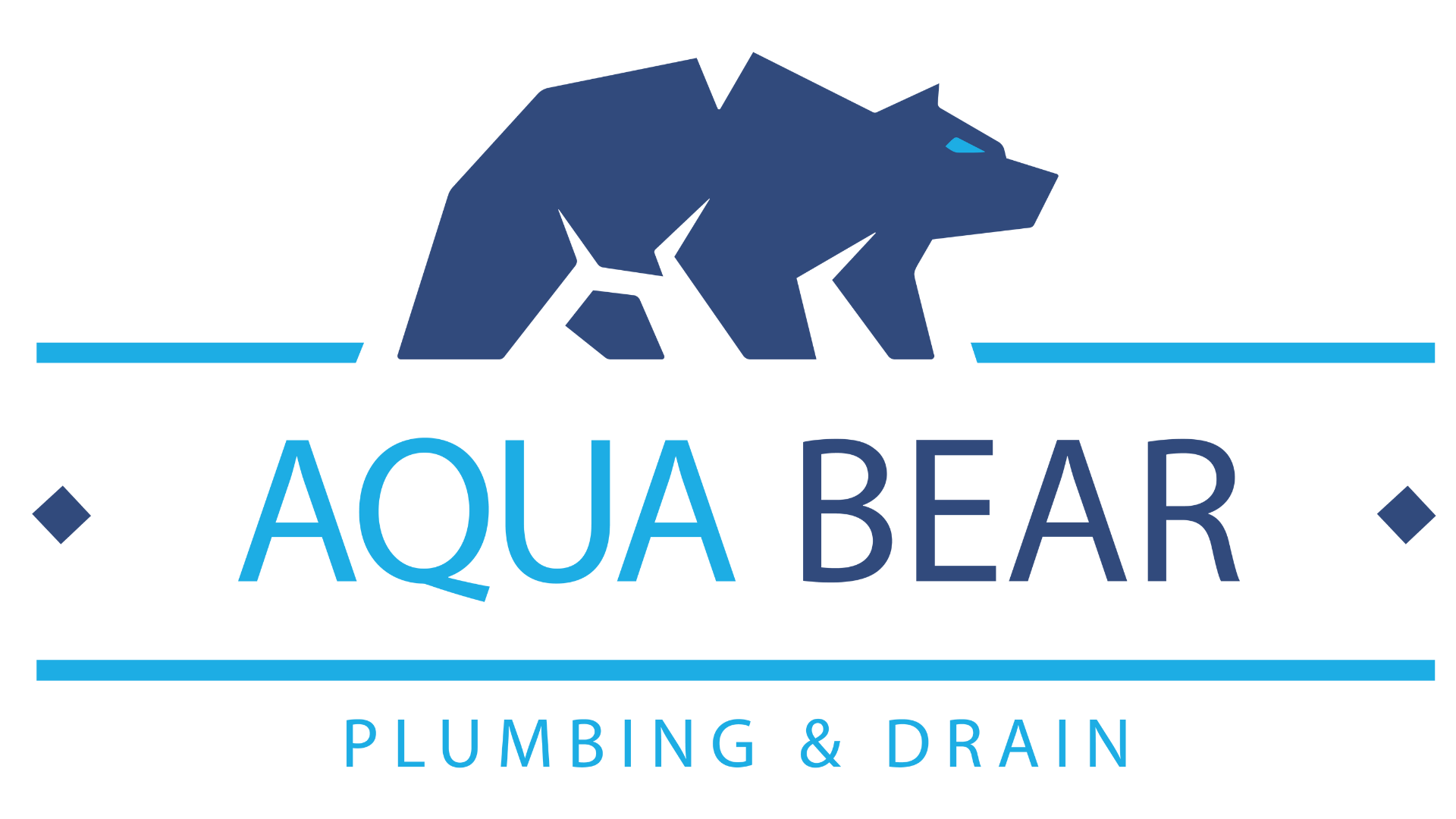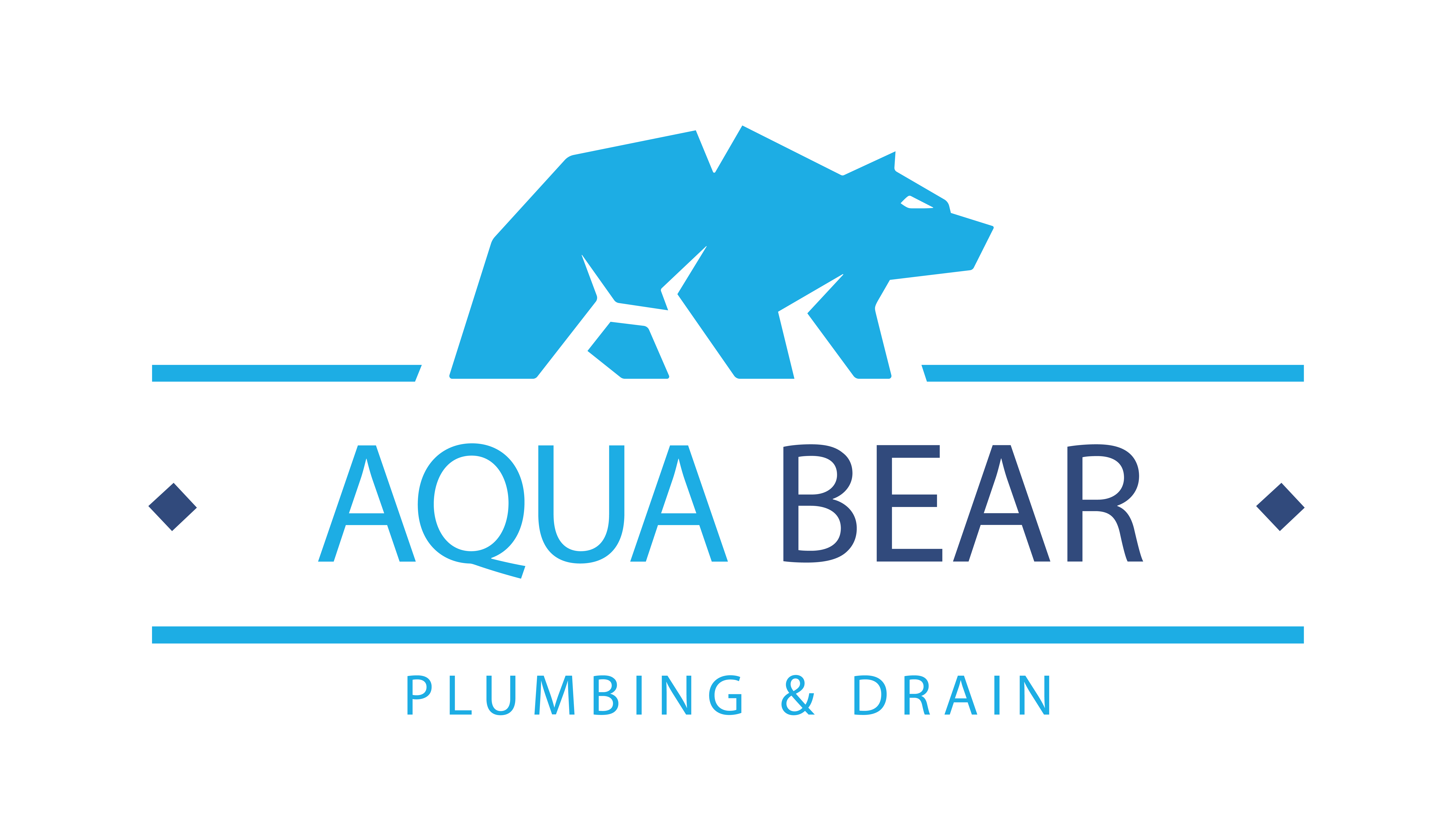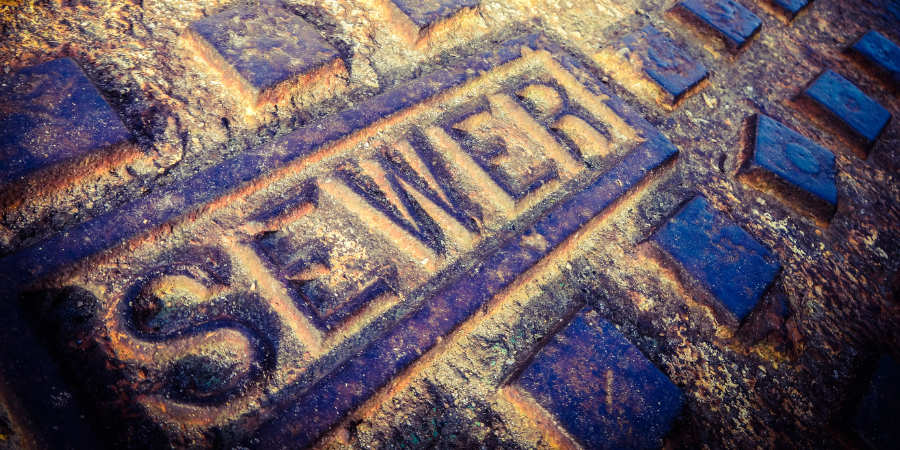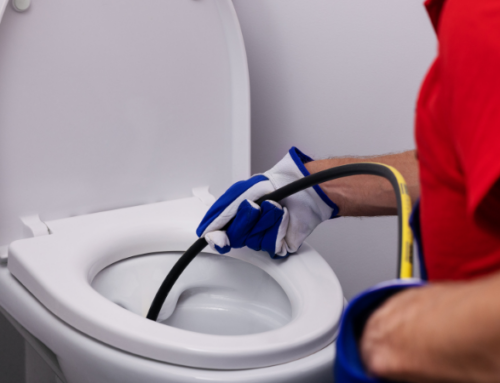A sewer line is an integral part of your plumbing system. It is used to remove waste from plumbing fixtures such as toilets and showers as well as remove the greywater from water-using appliances like your dishwasher. The waste is removed from your home through individual drains and transported to the public sewer system where it eventually makes its way to a water treatment plant. Here the waste is sanitized and purified and returned to the water system for reuse. Let’s explore more about sewer lines and their common issues.
Causes of Sewer Line Issues
Sewer lines are built to last but they can be affected by various conditions that will shorten their life span and cause various types of problems from slow-to-empty drains to sewage backups causing heath threats and messy cleanups. Learning the different causes of sewer line issues will help you potentially avoid them altogether or at least reduce the frequency of them occurring.
Disposal Habits
Perhaps the single most contributing factor to a failing sewer line is poor disposal habits in the kitchen and baths. To keep sewer lines flowing freely here is what you need to stop putting down your kitchen drains and toilets.
Kitchen drain:
-Fats, oils, and grease
-starchy foods such as pasta and rice
-Fibrous foods like celery
-Eggshells
-Coffee grinds
-Paints and solvents
-Chemical cleaners
Toilets:
-Feminine hygiene product
-Paper towels
-Diapers
-Dental floss
-Condoms
– Any product labeled ‘flushable’
-Kitty litter
Poor disposal habits allow pipe clogging or damaging products to enter the sewer line creating potential problems. Keeping them out of your drains is a good first step.
Tree Roots
Another common reason your sewer line can experience trouble is invading tree roots. Trees or shrubs planted too close to sewer lines encourage root invasion, especially in older homes with clay piping. Tiny cracks in the pipes give tree roots access to the moisture and nutrients found in wastewater and sewage. Once they find their way inside the sewer line they quickly take over and fill the line so completely no waste can exit.
Shifting Soil
Shifting soil due to earthquake activity or erosion will cause sewer pipes to crack or separate allowing soil and debris to enter the sewer line. Separated or cracked pipes allow sewage and wastewater to penetrate the soil leading to further erosion and pipe shifting.
Corrosion
Hard water contains minerals such as calcium and magnesium, while not harmful to ingest, are contributing factors in sewer line distress. As these minerals build up inside drain lines they begin to catch passing particles such as loose hair or food bits. Over time these form clogs that restrict the passage of waste materials leading to sewage backups.
Aging Plumbing
Older sewer lines can be made of materials such as clay or zinc-lined galvanized steel that are prone to rust and corrosion and more susceptible to sagging and collapse. If the sewer lines in your home are aging this can be a major contributor to sewer line issues.
Signs Your Sewer Line Needs Attention
Because your entire sewer line system is out of sight it can be difficult to determine if yours are failing and need attention. Here are 7 signs your sewer lines are in disrepair:
- Frequently clogged toilets
- Foul odors coming from drains
- Drains that are slow to empty
- Cracks along your home’s foundation
- Sinkholes in your yard
- Gurgling pipes
- Sewage backups
Whether sewer lines are clogged preventing wastes from exiting your home or cracked and broken permitting waste to exit into the surrounding soil, any of these signs should alert you to sewer line issues.
Preventative Measures
Luckily, there are practical steps any homeowner can take to reduce or eliminate the stressors on their sewer lines. Here are a few recommendations.
Educating yourself about proper disposal habits is key. Keep unwanted products from entering your drains by installing drain guards and cleaning them often. Develop other methods for disposing of food particles and grease such as providing a countertop bin to collect harmful items. Keep in mind your toilet has a single use and using it as a trash can is a bad idea.
Chemical drain cleaners should be avoided at all costs. Their ingredients generate heat which melts grease and dislodges drain-blocking substances but because they also contain high concentrations of acids they are harmful to humans and the pipe linings of sewer lines.
Mindfulness about landscaping practices will help with tree root invasion. Ask your nursery about which trees are safe around sewer lines and which varieties should be avoided. If the trees are already planted, a root trimming practice can be established to trim roots away from where the sewer line is installed.
The single best step any homeowner can practice is to enroll in regular inspections to monitor the condition of the sewer line.
Sewer Line Repair Solutions
When faced with a blocked or damaged sewer line there are some effective sewer repair and replacement solutions available.
Keeping your sewer lines clean can go a long way toward avoiding problems. Yearly cleaning by a professional is recommended which will remove mineral buildup, forming clogs, and the beginnings of tree root invasion.
The condition of clean sewer lines can then be assessed by the use of a video camera inspection where small cracks or sagging pipes can be detected and repaired. Video inspections eliminate costly excavations or wasted time guessing the location of a blocked pipe.
A blocked or leaking sewer line is a serious plumbing issue requiring the prompt services of a professional plumber. Sewage backups are potential health risks and the mess they create is something no one wants to clean up.
Have A Sewer Line Issue?
Taking the time and interest to learn about your sewer line is a wise decision. There are identifiable causes and obvious signs to watch out for to alert you to potential problems and responding to these is key to maintaining a healthy sewer line. Establish proper disposal habits, visually inspect your yard for signs of waste infiltration, pay attention to your landscaping selections, and regularly have your sewer line cleaned and inspected by a professional plumber. If you follow these guidelines your sewer line will last for decades.
We are available to help you with any type of sewer line issue you may encounter. Give us a call and we will inspect and restore your sewer line and give you the peace of mind you deserve.
